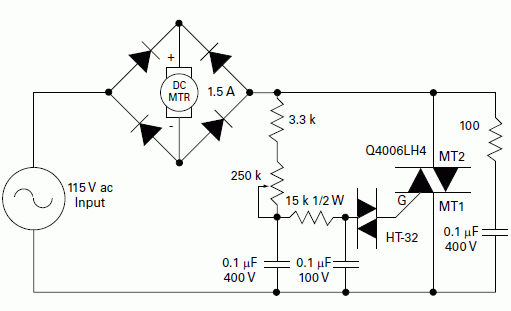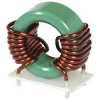My lathe controller is pooched, so I'm going to build a new one.
AKA, I'm trying to control the speed of a 110VDC 250W motor.
I'm thinking SCR because it seems simple and affordable.
I'm going to rectify but not filter the AC power, thereby giving me DC pulses.
I'll have the SCR gate controlled by a cap and pot resistor.
The rate of firing will depend on the charge time of the cap, made adjustable by the pot, yeah?
I'm looking for suggestions and explanations on cap/pot size, and any other advice you have.
I'm aware I could use a pwm control system with MOSFET using a 555 timer or something, but I honestly don't understand the pwm/MOSFET system as well.
I do understand it's Superior as it provides full voltage (torque) in pulses rather than reduced voltage based on the wave of the rectified AC.
AKA, I'm trying to control the speed of a 110VDC 250W motor.
I'm thinking SCR because it seems simple and affordable.
I'm going to rectify but not filter the AC power, thereby giving me DC pulses.
I'll have the SCR gate controlled by a cap and pot resistor.
The rate of firing will depend on the charge time of the cap, made adjustable by the pot, yeah?
I'm looking for suggestions and explanations on cap/pot size, and any other advice you have.
I'm aware I could use a pwm control system with MOSFET using a 555 timer or something, but I honestly don't understand the pwm/MOSFET system as well.
I do understand it's Superior as it provides full voltage (torque) in pulses rather than reduced voltage based on the wave of the rectified AC.





